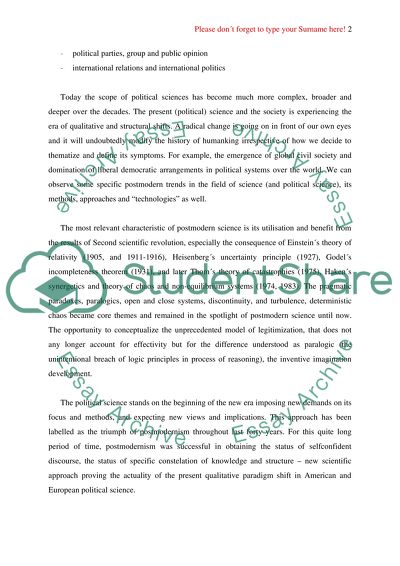Cite this document
(“Political Science: Scope and Methods Essay Example | Topics and Well Written Essays - 2500 words”, n.d.)
Retrieved from https://studentshare.org/miscellaneous/1521731-political-science-scope-and-methods
Retrieved from https://studentshare.org/miscellaneous/1521731-political-science-scope-and-methods
(Political Science: Scope and Methods Essay Example | Topics and Well Written Essays - 2500 Words)
https://studentshare.org/miscellaneous/1521731-political-science-scope-and-methods.
https://studentshare.org/miscellaneous/1521731-political-science-scope-and-methods.
“Political Science: Scope and Methods Essay Example | Topics and Well Written Essays - 2500 Words”, n.d. https://studentshare.org/miscellaneous/1521731-political-science-scope-and-methods.


